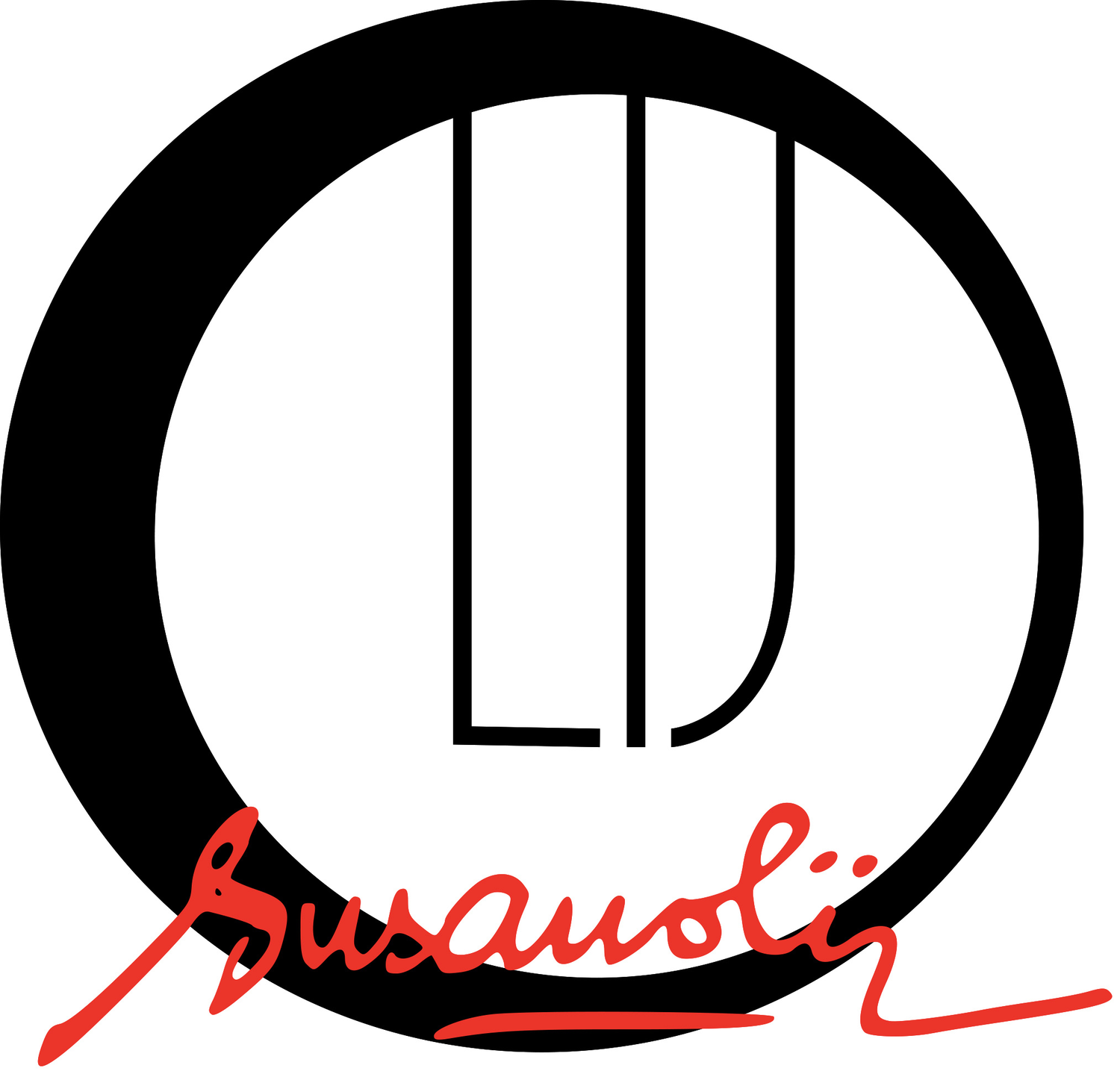Reflecting on our 6 Months project towards a group art exhibition. November 2024
What happened when I spend 6 months working on a series of artworks with my students who had to juggle their passion for art with a full time job.
Read all about the journey of artists and their different stages of creativity.
Sign up to read this post
Join Now
